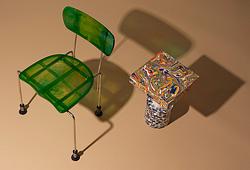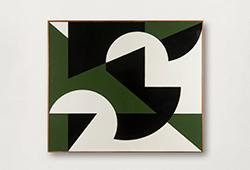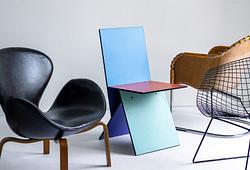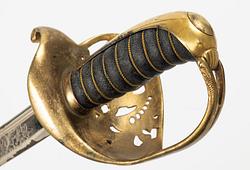TEKANNA med LOCK, blanc de chine. Qingdynastin, Kangxi (1662-1722).
I form av ett granatäpple, tillverkad i två delar och sammanfogad. Hänkel och lockknop i form av grenar. Foten stjärnformad. Höjd 12 cm.
Bränningsspricka, små nagg på locket.
Proveniens
The Avalon Collection.
This collection, which in the main focuses on the Interregnum and Kangxi periods has been both carefully and sensitively formed over the last twenty-five years. The collector, a member of the English Oriental Ceramic Society, has assembled the collection with an eye for provenance whilst purchasing from old European collections, well-established antique dealers and at auction.
Academically, the pieces have been well researched both in terms of their symbolism and narrative themes. In many instances the imagery on the pieces has been referenced to episodes in the romantic and historic novels of Chinese mythology, which were used extensively in the decoration of seventeenth century Chinese porcelain.
Purchased Guest & Gray, London, June 2006.
Litteratur
Identical examples are illustrated in both “ Treasures of Chinese Export Ceramics from the Peabody Essex Museum” by William R. Sargent, Page 206, Item 98 and “Blanc de Chine: The Great Porcelain of Dehua”, by Robert H. Blumenfield, Page 51, Plate B, where it is described as being melon shaped.
Övrig information
These pomegranate-shaped teapots were produced in Dehua for domestic and export use during the late seventeenth and early eighteenth centuries – indeed Augustus the Strong was reputed to have owned several. In Europe, where such items were scarce and costly, replacements were difficult to obtain. As a result some teapot lids would be securely attached with link chains or solid mounts.
The form was copied in soft paste porcelain in France at Saint Cloud and Bottger made a similar form in hard-paste porcelain at Meissen around 1710-12.




















































